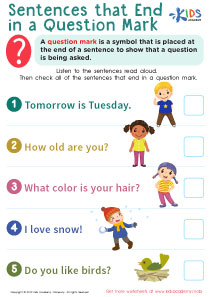Fine motor skills development Writing Worksheets for Ages 4-9
12 filtered results
-
From - To
Enhance your child's fine motor skills with our engaging writing worksheets designed for ages 4-9! These worksheets are perfect for developing the essential hand-eye coordination and dexterity needed for writing. Through fun activities like tracing letters, connecting dots, and coloring, children will improve their grip strength and control over writing tools. Our user-friendly format encourages independent learning, making it easier for parents and teachers to support skill development. Tailored to meet various learning levels, these worksheets will help guide your child on their writing journey while nurturing their confidence and readiness for school. Discover the joy of learning with our collection today!
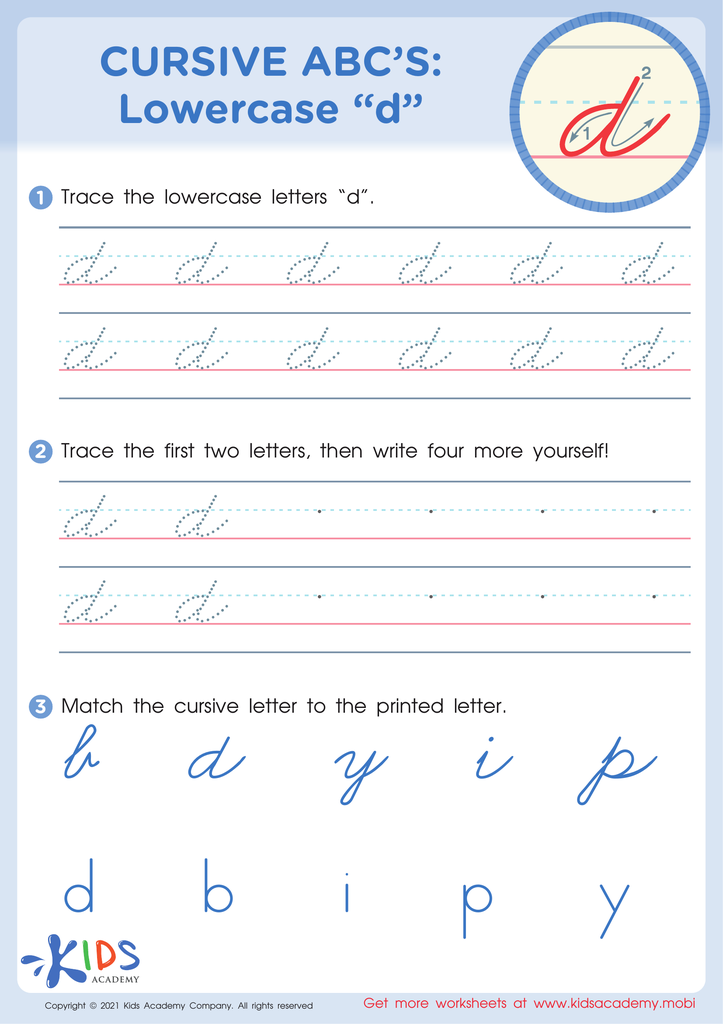

Cursive ABCs: Lowercase d
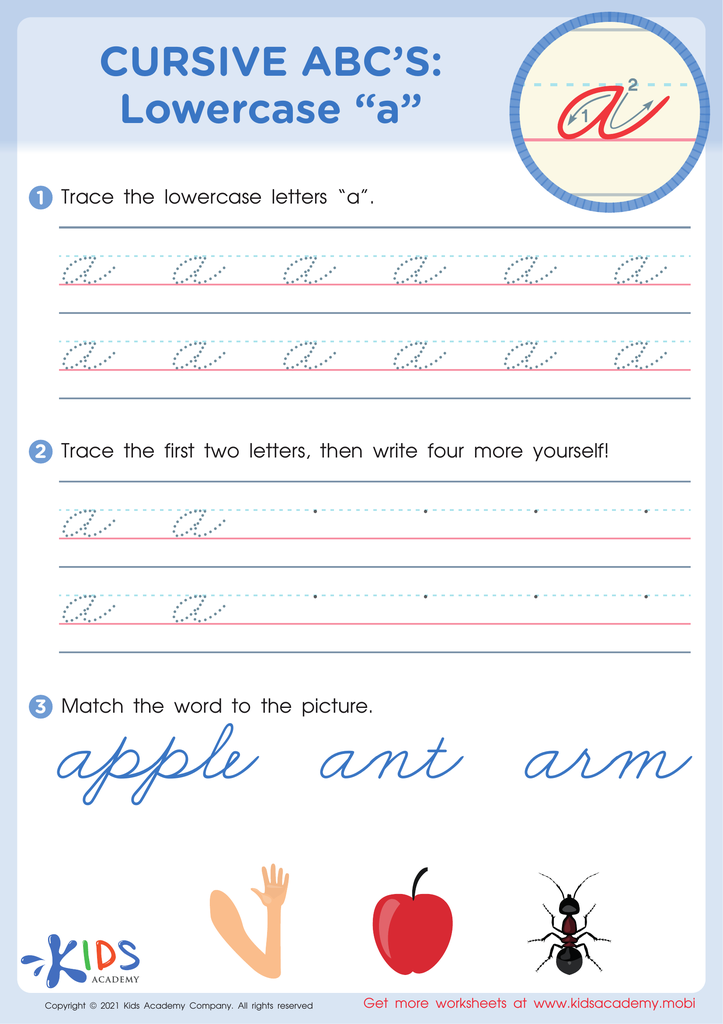

Cursive ABCs: Lowercase a
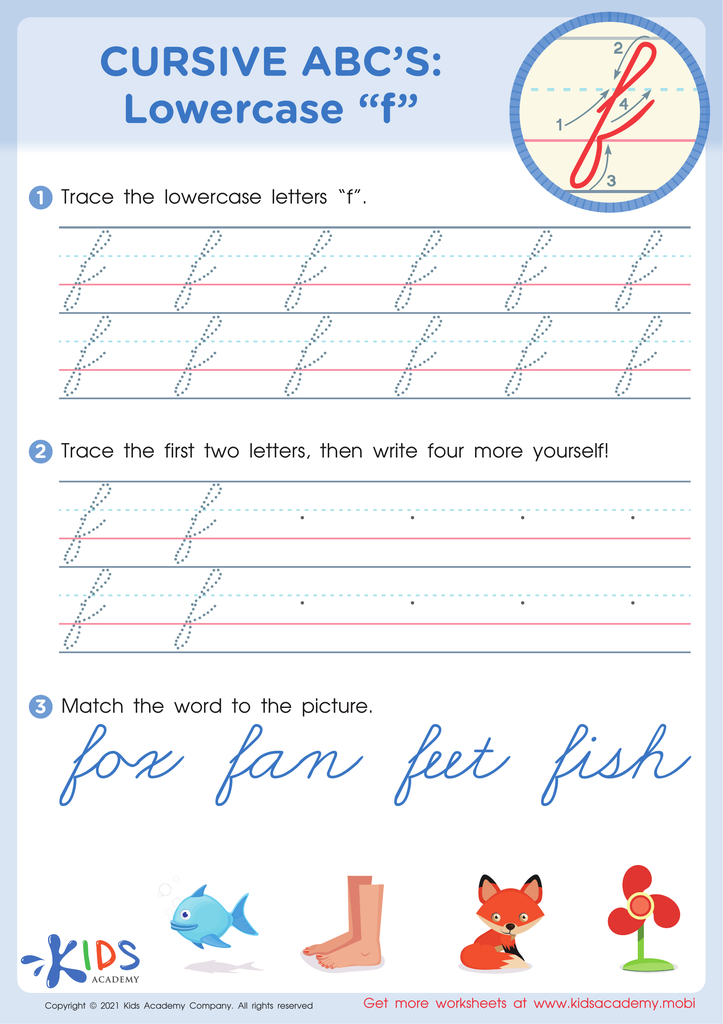

Cursive ABCs: Lowercase f
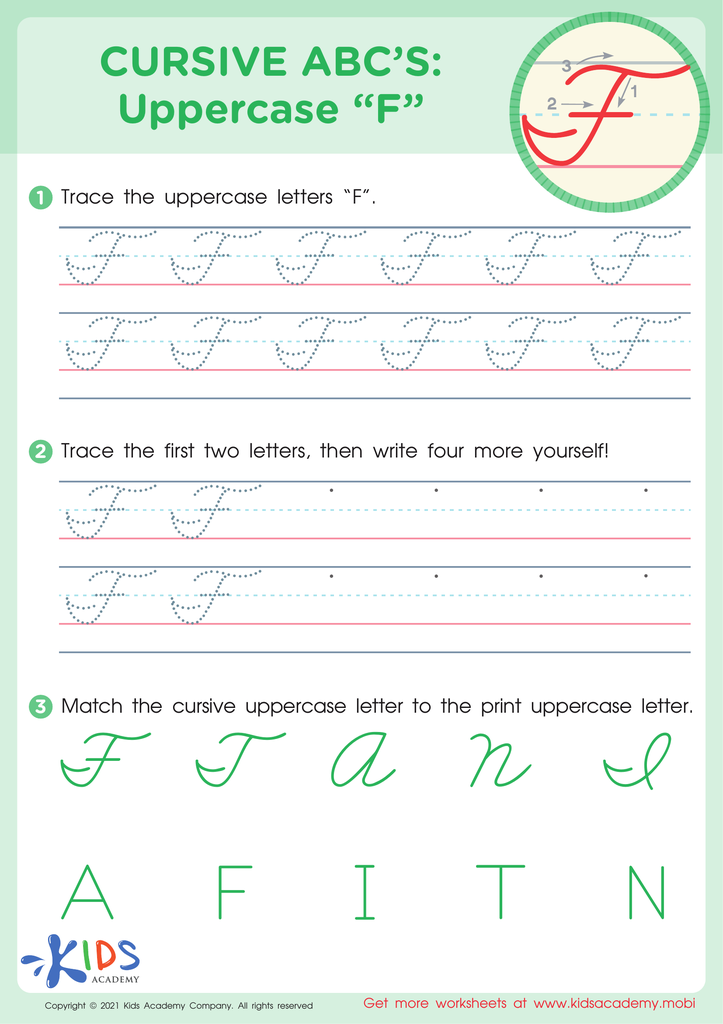

Cursive ABCs: Uppercase F
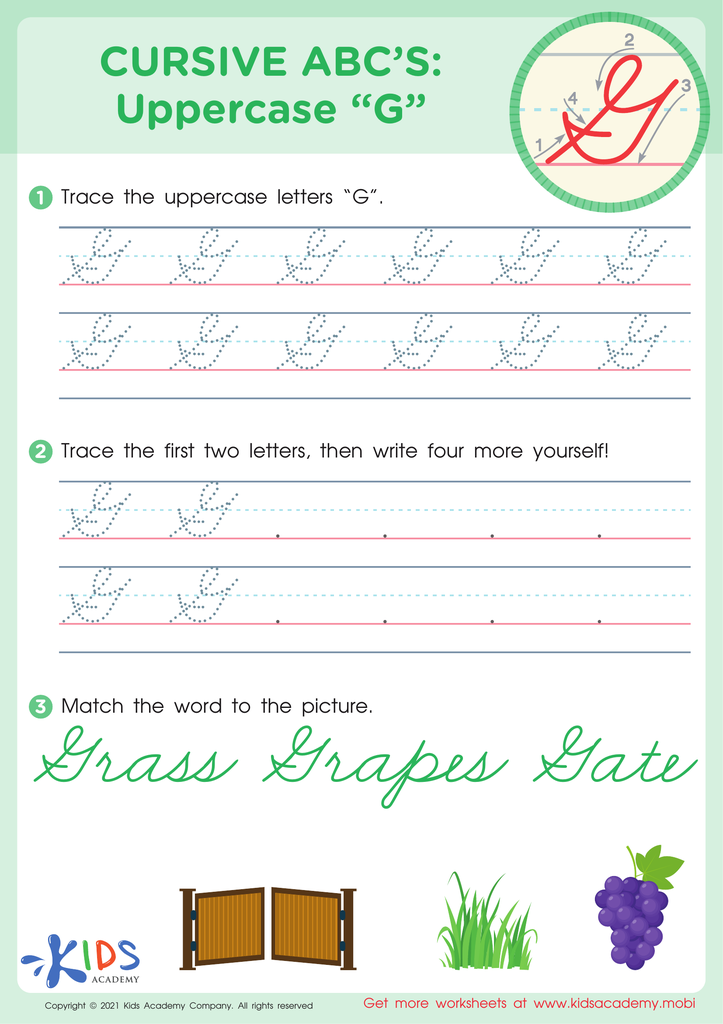

Cursive ABCs: Uppercase G
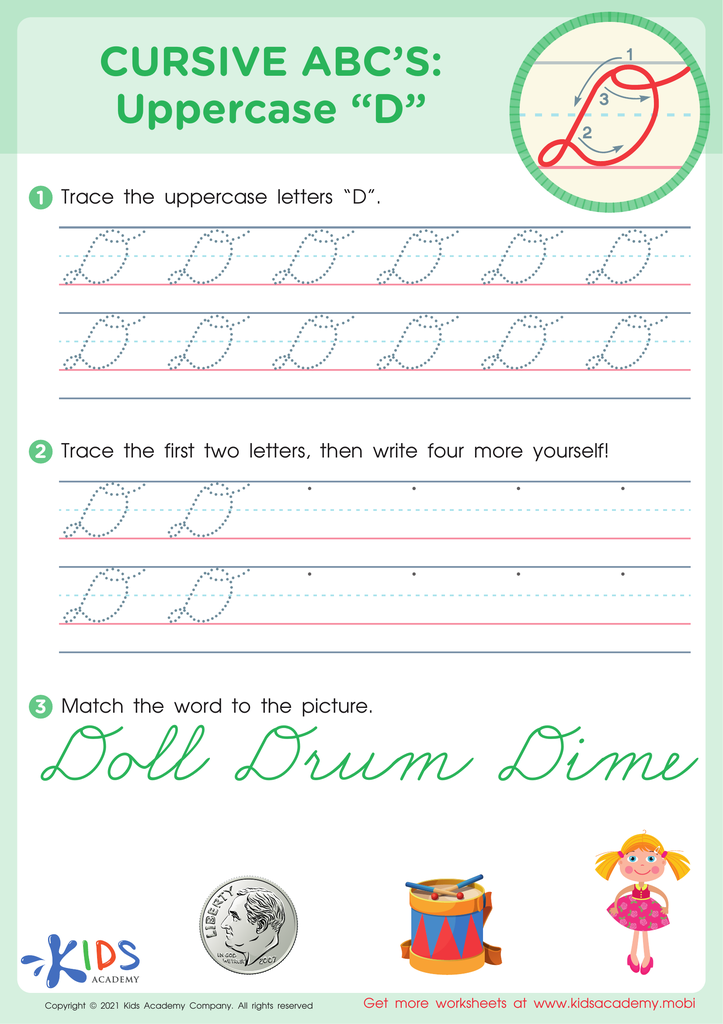

Cursive ABCs: Uppercase D
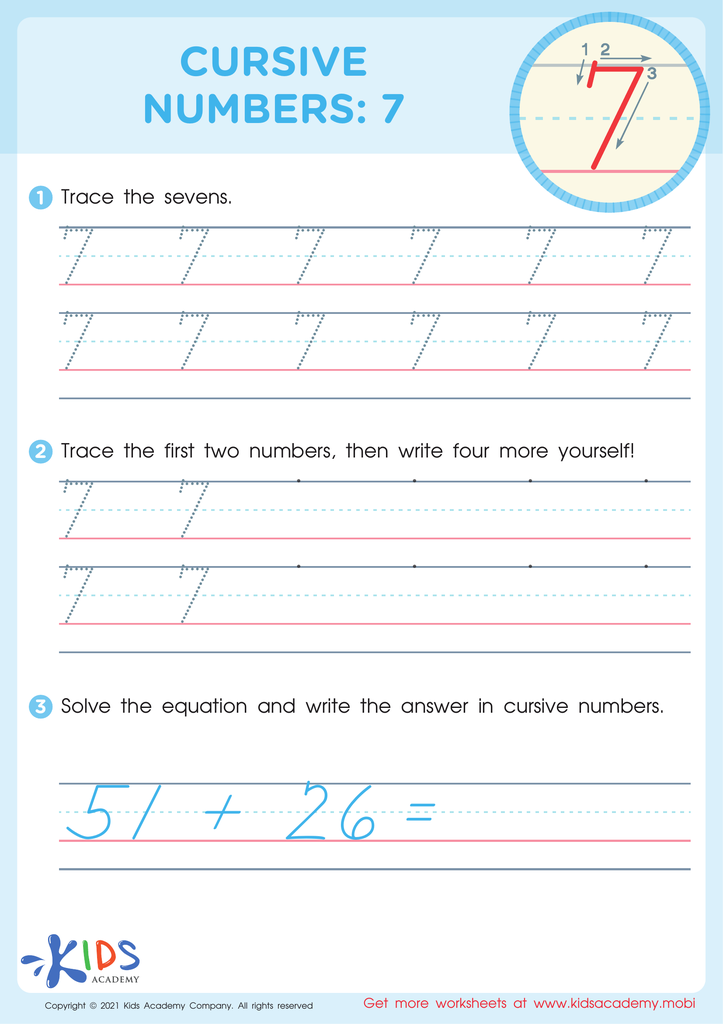

Cursive Numbers: 7 Worksheet
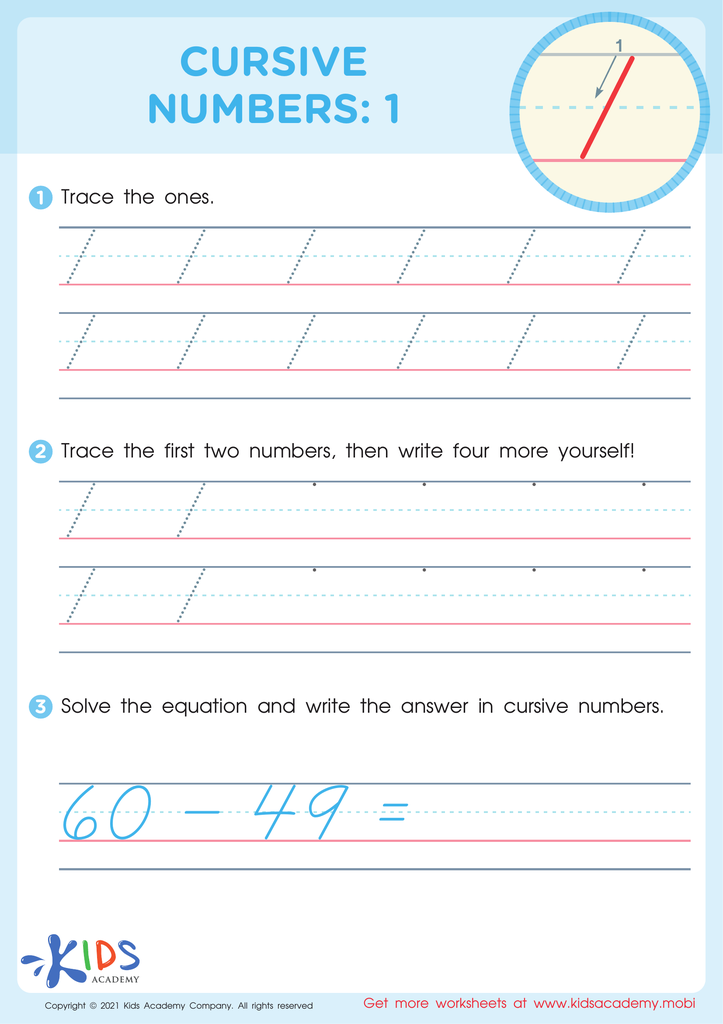

Cursive Numbers: 1 Worksheet
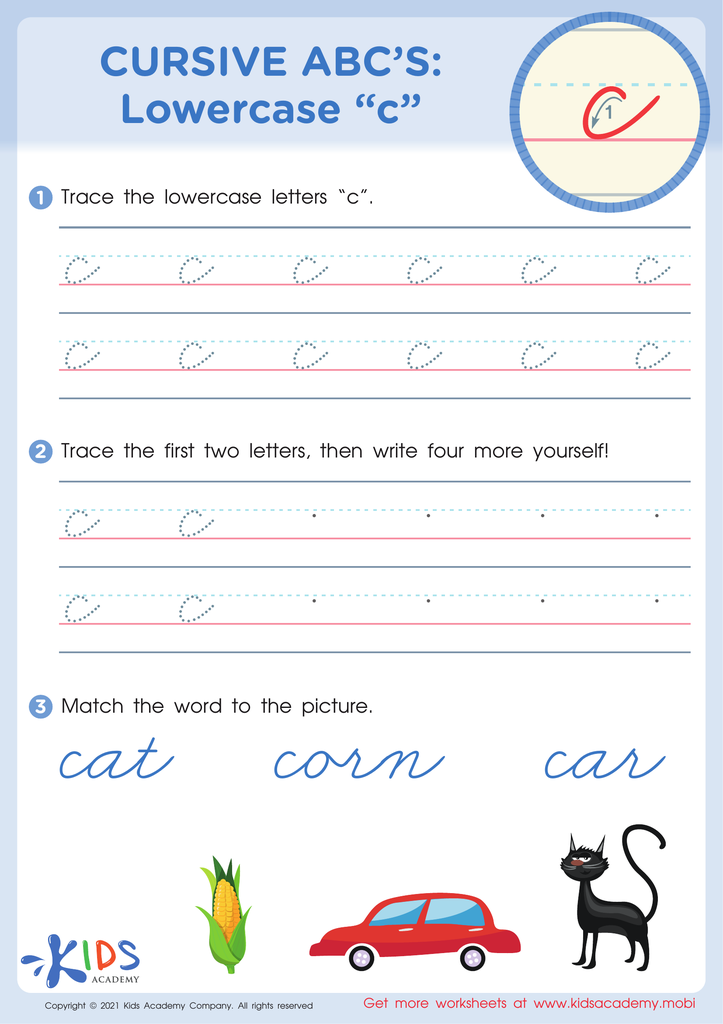

Cursive ABCs: Lowercase c


Cursive ABCs: Lowercase h
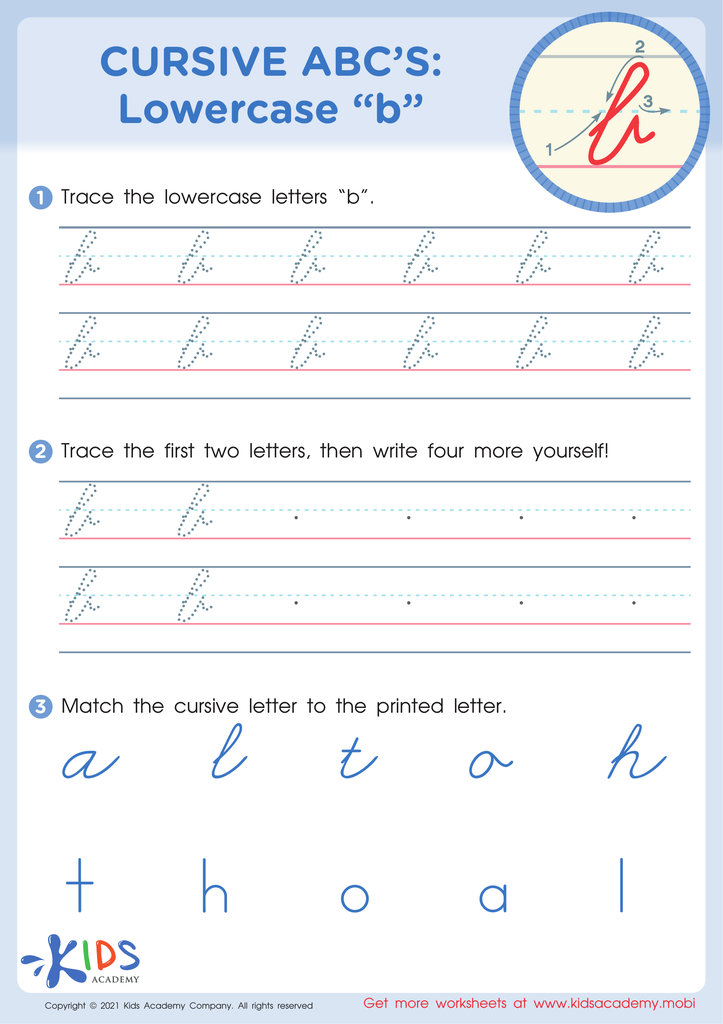

Cursive ABCs: Lowercase b
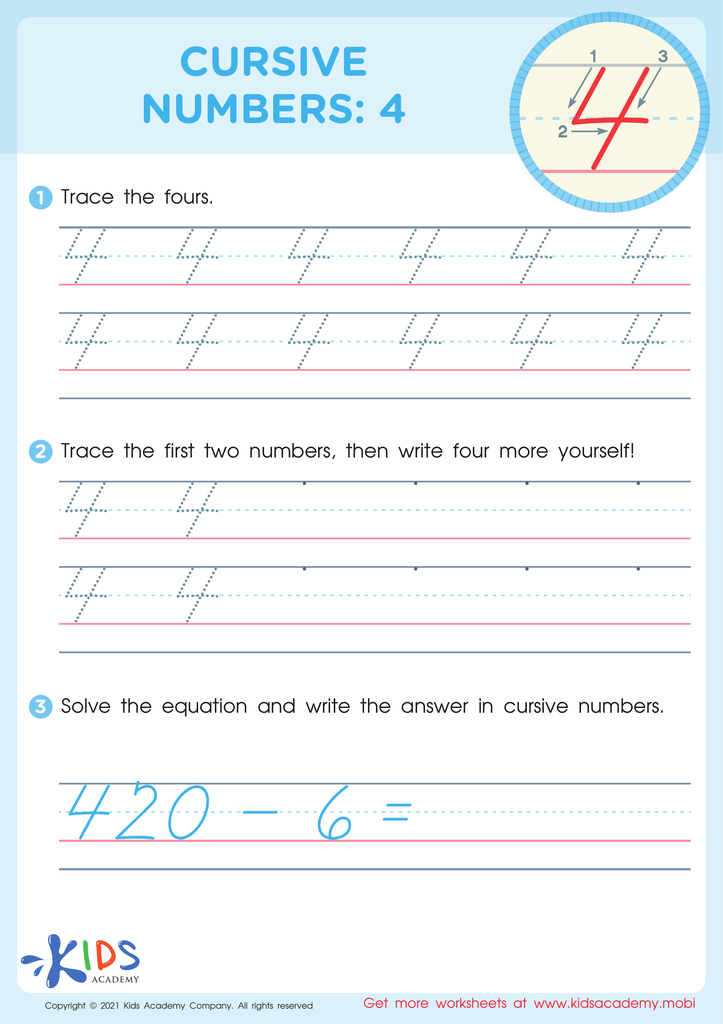

Cursive Numbers: 4 Worksheet
Fine motor skills are crucial for children aged 4-9 as they form the foundation for many everyday tasks and academic activities. These skills encompass the ability to use small muscles for precise movements, which are essential for writing, drawing, and performing tasks like buttoning shirts or using scissors. As children learn to control their hand movements, they become more confident and capable in their abilities.
Development of fine motor skills contributes significantly to writing proficiency. Children who master these skills can hold pencils correctly, manage proper pressure, and form letters more accurately. This leads to better handwriting and overall communication skills, which are vital in all areas of learning. Additionally, fine motor skills enhance problem-solving and cognitive development, as children learn to manipulate objects and tools effectively.
Teachers and parents play an essential role in nurturing these skills through play and practice. Engaging children in activities like arts and crafts, puzzles, or building blocks can provide fun and interactive opportunities to enhance fine motor skills. By prioritizing fine motor development, educators and parents equip children with the tools to succeed academically and in everyday life, fostering independence and boosting self-esteem.







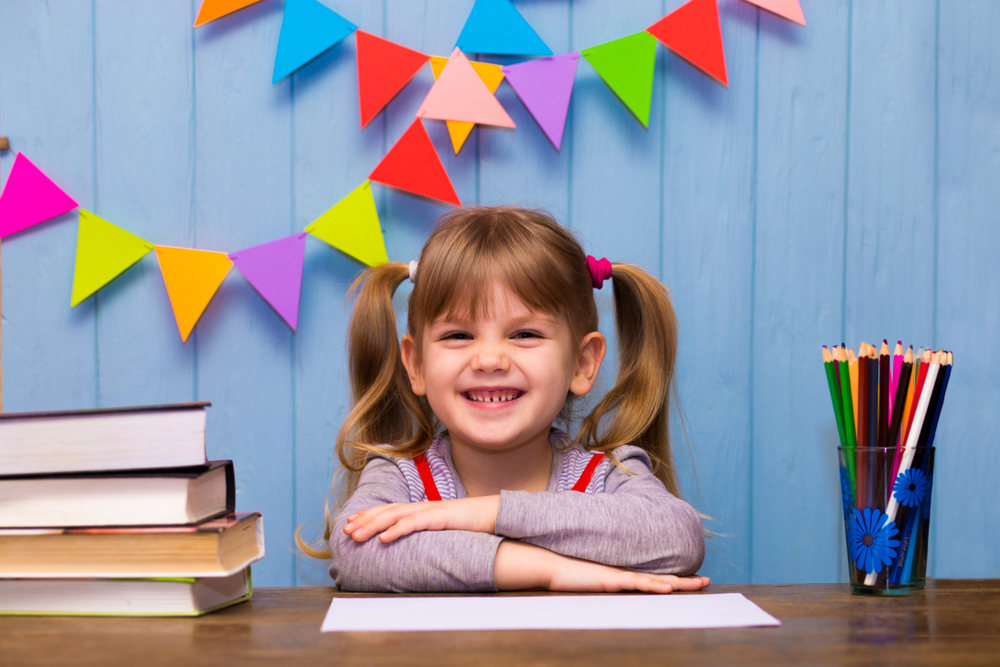

.jpg)







